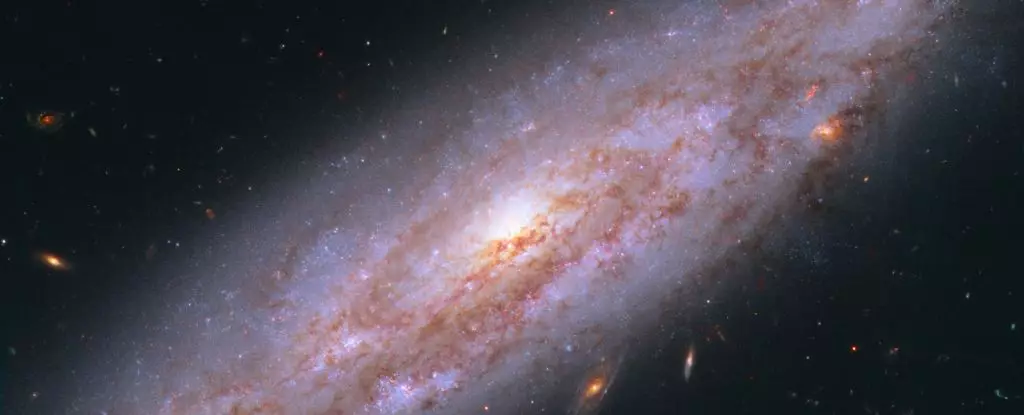The expansion speed of the Universe has been a persistent issue that has puzzled scientists for a long time. However, new measurements taken using the James Webb Space Telescope have brought some new insights. These measurements suggest that the local Universe is moving away from us at a rate of around 70 kilometers per second per megaparsec. This discovery could potentially resolve the longstanding discrepancy in measurements of the accelerating expansion rate of the Universe, known as the Hubble tension.
The Universe is expanding at an accelerating rate which is quantified by the Hubble constant. There are different observables that can be used to calculate this constant, each providing its own measurements. Observables from the early Universe, such as the cosmic microwave background and baryon acoustic oscillations, give us a rate of around 67.4 kilometers per second per megaparsec. On the other hand, signals from the nearby Universe, known as standard candles, such as Cepheid variable stars and Type Ia supernovae, suggest a rate of around 74 kilometers per second per megaparsec. The discrepancy between these measurements has been a point of contention in cosmology.
Astronomer Wendy Freedman and her team have been working on measuring the Hubble constant using TRGB stars, which are stars at the tip of the red giant branch that have uniform size and brightness. By making several TRGB measurements using instruments like the Hubble and Gaia telescopes, they obtained a Hubble constant of around 69 to 70 kilometers per second per megaparsec. With the introduction of the James Webb Space Telescope, the team was able to use this powerful tool to measure TRGB stars, Cepheid variable stars, and a type of carbon-rich giant star to obtain more data.
Using the James Webb Space Telescope, Freedman and her team measured distances to TRGB stars, carbon stars, and Cepheid variables independently. The researchers obtained a value of 69.85 kilometers per second per megaparsec for TRGB stars, 67.96 for carbon stars, and 72.05 for Cepheid variables. While the Cepheid variables were a slight outlier, the error bars for all three measurements overlapped, indicating consistency. This convergence of measurements from different types of stars is promising in resolving the Hubble tension.
Although the new measurements using the James Webb Space Telescope provide some promising insights into the Hubble tension, more work is needed to confirm these findings. The discrepancies in measurements from different observables still need to be reconciled to arrive at a more precise value for the Universe’s expansion rate. However, the fact that the new measurements suggest that variables between observables might explain the differences without requiring major new theories is a positive sign. Further research and measurements will be crucial in understanding the true nature of the Universe’s expansion speed.


Leave a Reply